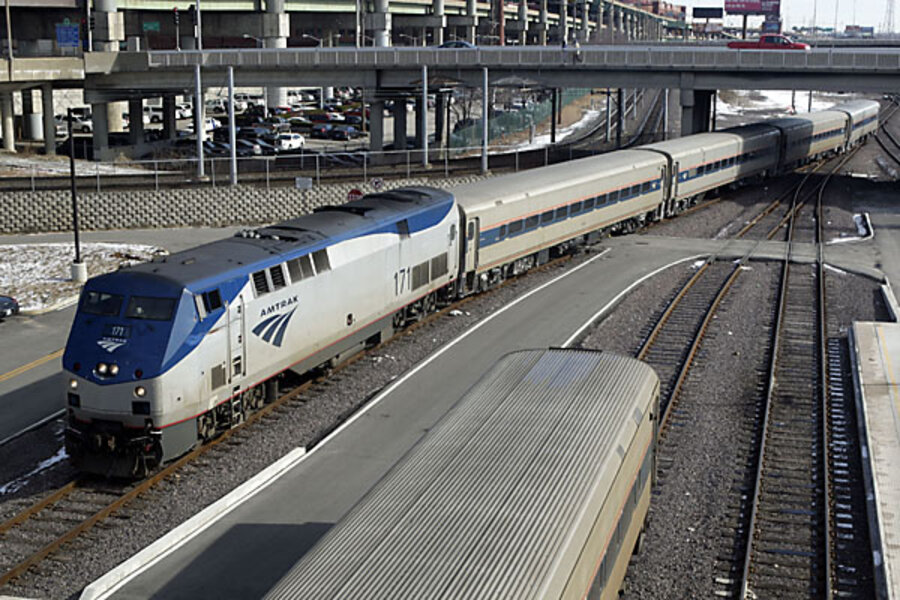A historical look at subsidizing railroads
Loading...
Did you short shares of airlines when you read about the Obama Administration's investment in high speed rail? I didn't and it seems clear that Richard White didn't either. In this NY Times OP-ED, he makes a number of interesting points and mentions the work of one of my heroes; Robert Fogel from the University of Chicago.
To quote the article;
"Yet here we are again. The Obama administration proposed a substantial subsidy, $53 billion over six years, to induce investors to take on risk that they are otherwise unwilling to assume. Such subsidies create what the economist Robert Fogel has called “hothouse capitalism”: government assumes much of the risk, while private contractors and financiers take the profit."
In the first sentence of his piece, Richard White tells you that he is a liberal who lives in California but he goes on to say that he is happy that the deep subsidies for HSR will be cut off due to federal budget cuts.
White argues that the intellectual case for using public $ to subsidize such an infrastructure project is weak;
To quote his historical case study:
"Proponents of the transcontinental railroads promised all kinds of benefits they did not deliver. They claimed that the railroads were needed to save the Union, but the Union was already saved before the first line was completed. The best Western farmlands would have been settled without the railroads; their impact on other lands was often environmentally disastrous. For three decades California commodities could move more cheaply, and virtually as quickly, by sea. The subsidies the railroads received enriched contractors and financiers, but nearly all the railroads went into receivership, some multiple times; the government rescued others."
Environmental accountants can be brought in to quantify how much greenhouse gas emissions and local air pollution will not occur if the train substitutes for driving and plane use. This should be quantified. Such externality reductions (if large enough) would provide a justification for government subsidies.
Professor White understands the importance of having budget priorities. During a time of scarcity, we can't "have it all". He writes;
"Without bond guarantees, private investors, which so far seem more prone to due diligence than the California High-Speed Rail Authority, have yet to put up money. The most astonishing thing is that even as financial problems force California to dismantle its social safety net, eviscerate its educational system, and watch its roads crumble, it has agreed on a plan for high-speed rail that demands substantial local subsidies and certainly will involve further concessions by the state to attract private investment."
So, my intuition here is that HSR advocates viewed their projects as "too big to fail" and that they assumed they could rely on the federal government for more cash injections if private financing dried up. But, the Republicans sound pretty credible these days concerning their eagerness to cut off the sugar.
What did Professor Fogel write about the railroads? Here is a quick overview and some references. He studied whether railroad investments had a major impact on the development of the U.S economy and he challenged the conventional wisdom that they did.
Add/view comments on this post.
--------------------------
The Christian Science Monitor has assembled a diverse group of the best economy-related bloggers out there. Our guest bloggers are not employed or directed by the Monitor and the views expressed are the bloggers' own, as is responsibility for the content of their blogs. To contact us about a blogger, click here. To add or view a comment on a guest blog, please go to the blogger's own site by clicking on the link above.





